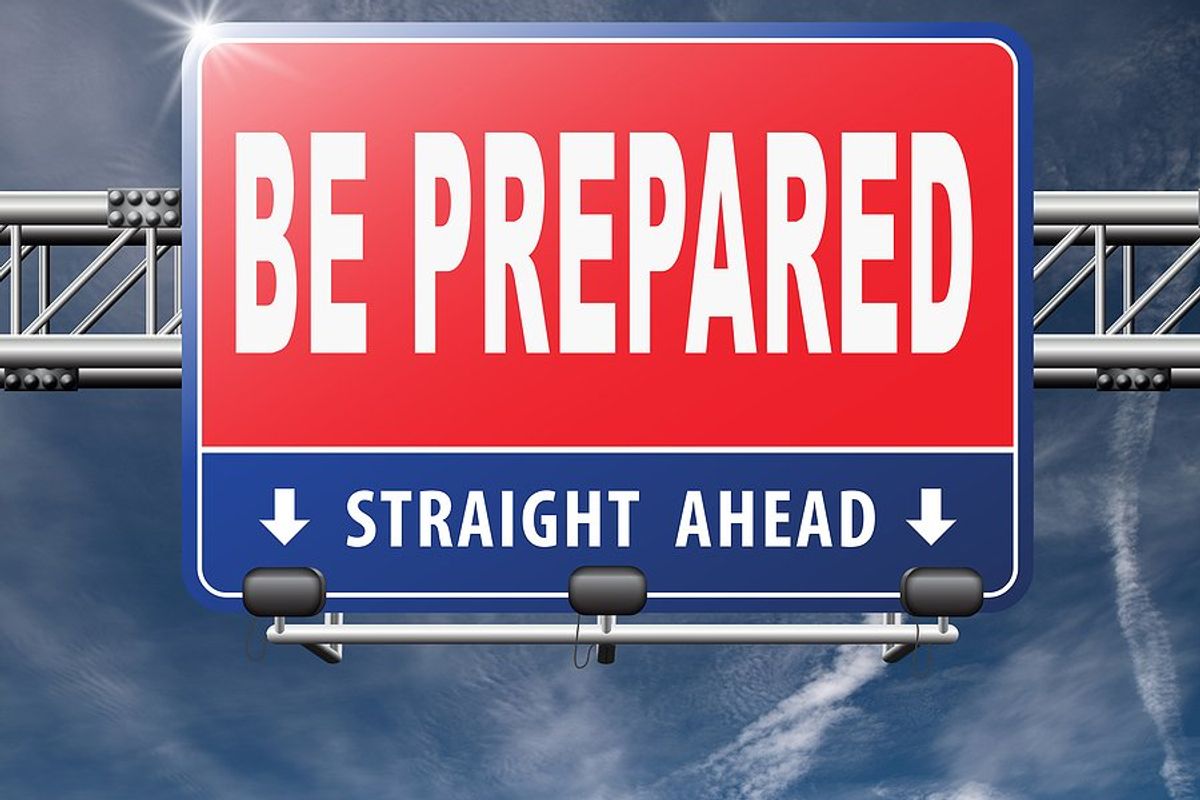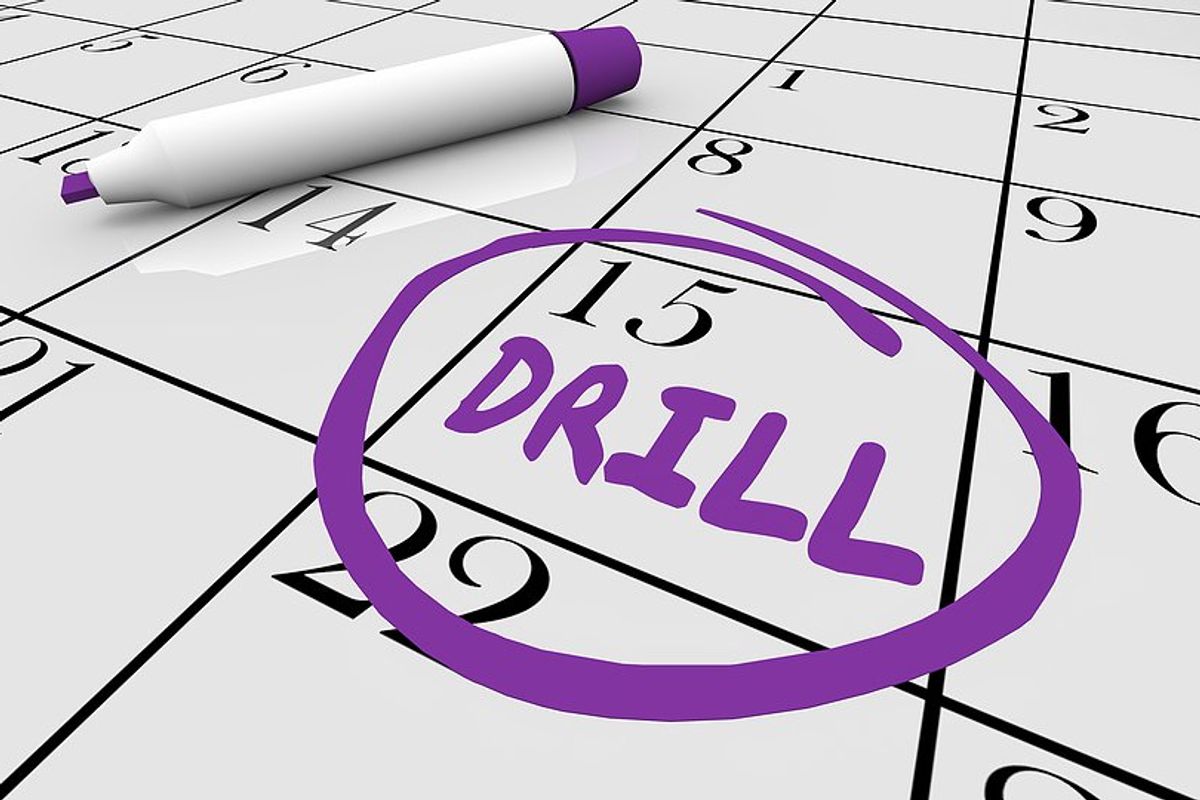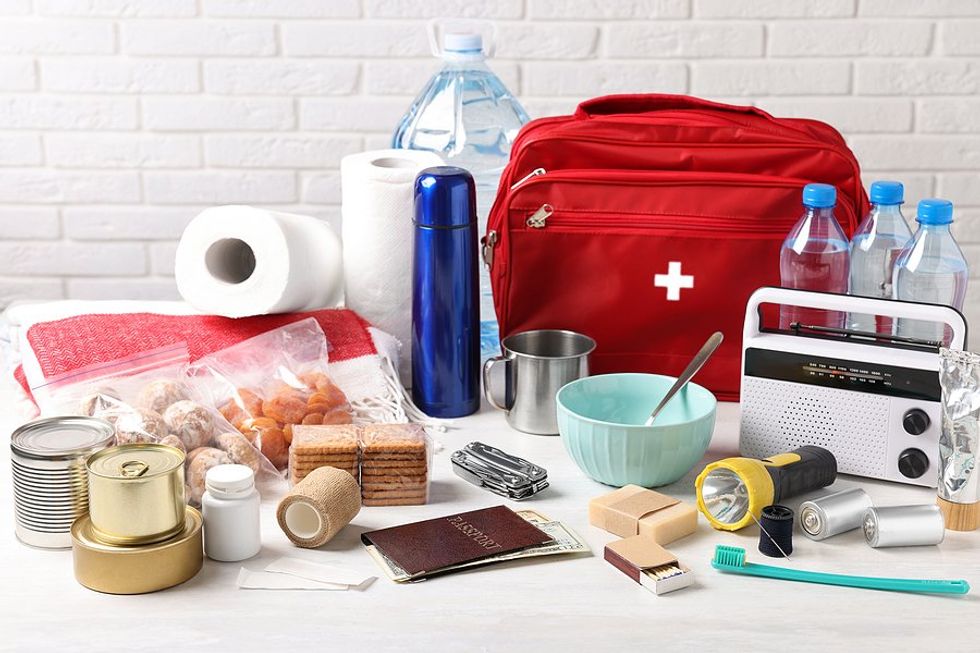
National Preparedness Month (September) was established to increase awareness to plan and prepare for disasters and other emergencies. This includes events like natural disasters, power outages, and public health emergencies. Take the time to determine which disasters your area is susceptible to so that you can plan and prepare accordingly.
On the business side, organizations have plans to minimize the impacts of disasters on their critical business operations. Does this only apply to larger organizations? No! Actually, small businesses are especially vulnerable because they may not have the resources to recover as quickly as larger organizations. According to a FEMA study, up to 60% of small businesses don’t have a formal emergency response plan.
There are several resources and tools to help organizations of all sizes create a plan including Ready.gov for business, Federal Emergency Management Agency (FEMA), Small Business Administration (SBA), American Red Cross’s Ready Rating Program, and OSHA’s Evacuation Plans and Procedures eTool.
Preparedness At Work

Bigstock
If you haven’t reviewed your business continuity and/or disaster recovery plans lately, now may be the time. The business is continually changing so you want to make sure your plans reflect those changes. Does your plan include the new location you recently opened? Do you have a list of your key customers and vendors handy? Are you prepared if employees need shelter-in-place at work? In the event of a disaster, you want to be as efficient as possible.
You may want to consider establishing partnerships to share resources in the event of an emergency. Sometimes it takes a village to get through a major disaster. For example, if your dock is damaged during an earthquake, is there another business with a dock that can help (and vice versa)?
Organizations are reliant on their employees. When a disaster strikes, it’s natural for employees to ensure their own families are safe before going to work. It behooves organizations to encourage employees to be prepared when a disaster occurs.
Preparedness At Home

Bigstock
Individuals can take a few basic steps to start being prepared. Some key steps include:
1. Make a plan. Make a plan including communications, travel routes, etc. Tailor your needs for your family. If everyone is separated when the disaster occurs, where will you reunite? If you have school-aged children, do you know what their school will do in the event of a disaster? Ready.gov has a Make a Family Emergency Plan fillable form to help you get started.
2. Build a kit. Create and customize a kit to meet your family’s unique needs. Ready.gov’s Emergency Supply List outlines a great basic kit.
- TIP #1 – Instead of buying all of the suggested items at once, buy them when they’re on sale.
- TIP #2 – Include cash and keep bills (less than or equal to $20) in case merchants can’t provide change. Rotate items such as food and water so you don’t have expired items.
3. Update and practice your plan. Your family (and times) will change. Periodically review your plan to make sure it’s current and everyone knows what to do. For example, have you had a fire drill to ensure everyone can evacuate in a timely manner?
If you’ve already taken at least some of these steps, that’s a great start and you’re not alone. According to FEMA, more individuals are becoming better prepared—81% have gathered supplies, 65% have sought out preparedness information, and 48% have created an emergency plan.
In addition, you may want to find out what local resources may be available. This includes your local government emergency management agencies, schools, faith-based organizations, food banks, senior centers, and animal rescue organizations, to name a few.
The more prepared you are, the more likely you are to safely get through the next disaster or emergency. For more information on the importance of being prepared both at work and home, follow me on LinkedIn!
- How To Prepare For The Next Disaster ›
- 4 Steps To Prepare Employees For The Chaos Of (Unexpected) Emergency ›
- Emergency Preparedness: How Prepared Are You When The Next Disaster Happens? ›
- Is Your IT Disaster Recovery Plan Good Or Great? - Work It Daily ›

 Bigstock
Bigstock Bigstock
Bigstock Bigstock
Bigstock


